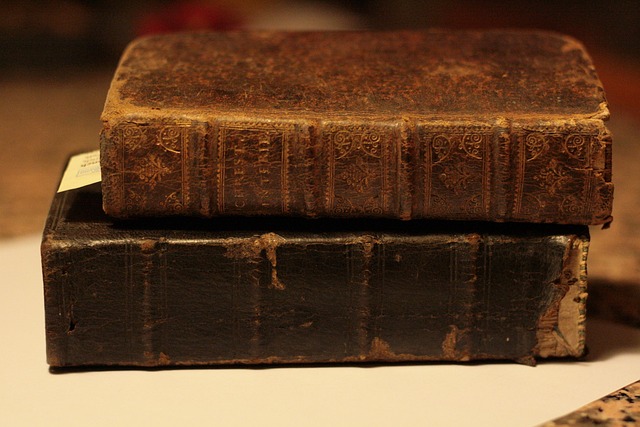Integrating oral histories into performance archives
Oral histories add firsthand perspectives that illuminate rehearsal practices, creative decisions, and audience experience. This teaser outlines the value of spoken testimony and highlights practical approaches to digitization, metadata, rights management, accessibility, and community-centered curation for performance archives worldwide.

Integrating oral histories into performance archives
Oral testimony complements scores, programs, and recorded performances by preserving the voices of performers, technicians, directors, and audiences. Integrating these narratives into performance archives demands workflows that address ethical consent, technical preservation, discoverability, and long-term stewardship. Practical integration requires clear documentation of provenance, robust preservation formats for masters and derivatives, metadata that links testimony to productions, and rights management that honors contributor intentions and third-party content constraints.
archival: How should oral histories be organized?
Begin with a documented acquisition policy that defines scope, provenance, and allowable formats. Create consistent record structures that link audio or video files to transcripts, consent forms, interviewer notes, and related artifacts such as programs or photographs. Use collection-level and item-level descriptions so interviews can be discovered both as part of a project and as individual testimonies. Maintain provenance and chain-of-custody notes—who recorded the interview, when, where, and under what conditions—to help researchers assess authenticity and context.
digitization: What are preservation-ready workflows?
Digitize analog carriers using lossless masters to ensure preservation: uncompressed WAV for audio (preferably 96 kHz/24-bit for critical collections) and high-bitrate preservation codecs for video. Record technical metadata at ingest, including device models, transfer settings, and any restoration or noise reduction performed. Generate access derivatives (MP3, AAC, or web-optimized video) for user access while keeping masters offline or in secure preservation storage. Implement checksum routines and redundant storage to guard against bit rot and data loss.
metadata: Which schemas and fields improve discovery?
Use combined metadata approaches: descriptive schemas like Dublin Core or MODS alongside oral-history-specific fields—interviewer, interviewee, recording date and place, topics, and summary. Include administrative metadata for rights, consent conditions, embargoes, and licensing. Capture technical metadata (file format, bitrate, capture device) and use controlled vocabularies for professions, performance genres, and geographic names. Link related items with persistent identifiers to preserve relationships between interviews, productions, and other archival materials.
copyright and licensing: How to manage rights ethically?
Obtain written consent specifying permitted uses—research access, public presentation, transcription, and publication—and store signed agreements with item records. Identify and clear third-party content embedded in testimony (music excerpts, quoted scripts) separately; such content can trigger licensing or royalty obligations. Consider tiered access or embargo options for privacy or sensitive material, and ensure licensing terms are reflected in administrative metadata to guide staff and users on permitted reuse and restrictions.
accessibility: What makes oral histories usable to diverse audiences?
Provide verbatim transcripts synchronized with audio where feasible, plus concise abstracts and topic-level markers to aid navigation. Caption videos and supply alternative text for images. Offer accessible playback interfaces with adjustable speed and keyboard controls. Confirm that consent and licensing permit creation of accessible derivatives—large-print, Braille-ready text, or audio descriptions—so users with disabilities can legally access materials. Document accessibility provisions in item metadata to facilitate responses to user needs.
community: How to involve contributors in curation?
Engage interviewees and community stakeholders in decisions about description, access, and interpretation. Co-curation practices—community review of transcripts, collaborative metadata vocabularies, and shared exhibits—build trust and surface culturally specific concerns such as naming conventions, privacy, or content sensitivities. Keep records of consultations and preferences with the collection so future staff honor requests about identifiers, embargoes, licensing, or royalties. Community involvement strengthens contextual documentation and supports ethical stewardship.
Conclusion
Integrating oral histories into performance archives combines technical stewardship with ethical and community-centered practice. Prioritize preservation-ready digitization, consistent and rich metadata, transparent rights and licensing documentation, and accessible delivery. Involving contributors in curation ensures that personal narratives remain contextualized, discoverable, and respectfully managed alongside scores, recordings, and other performance materials.





